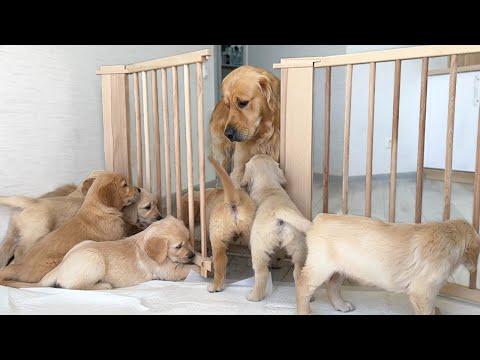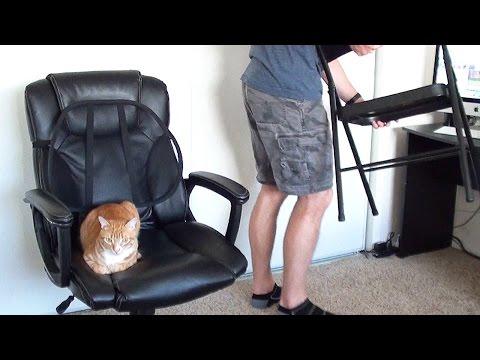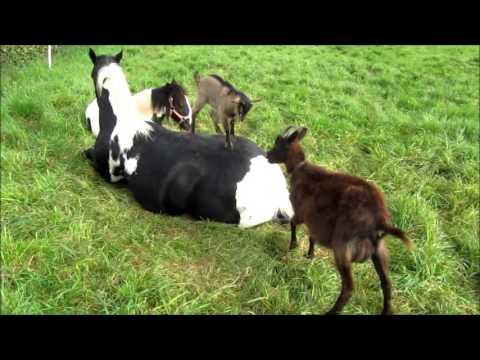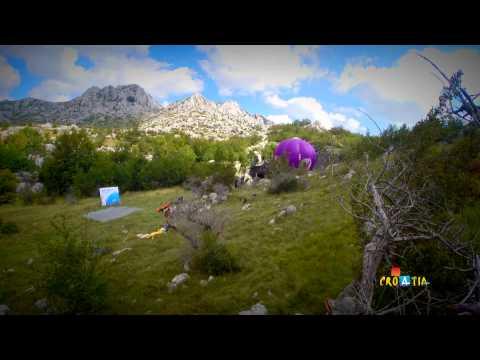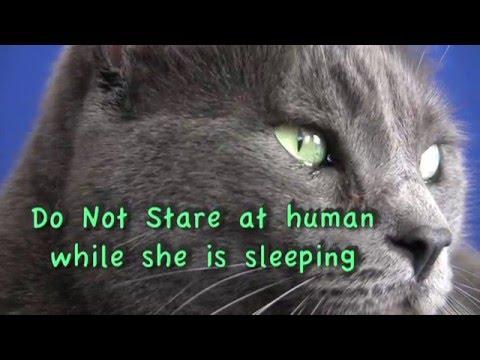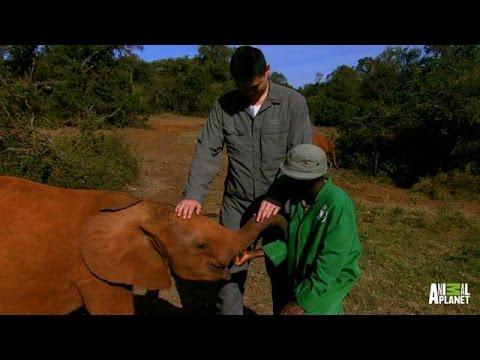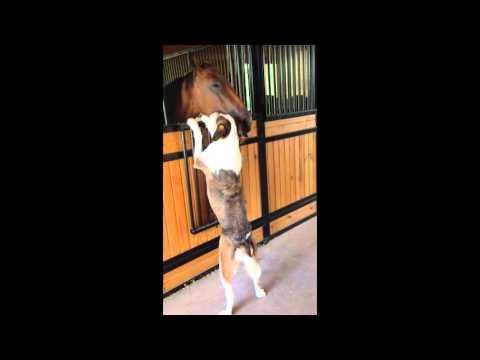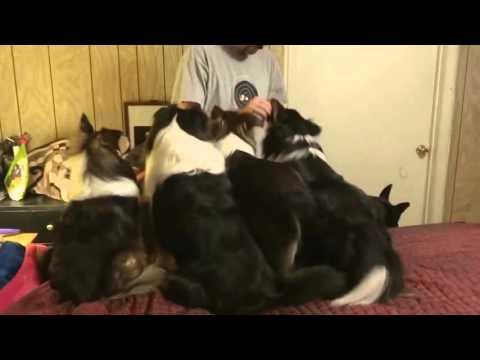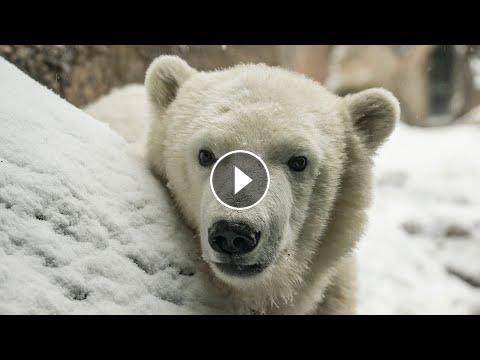At the Oregon Zoo, Conrad, Tasul and Nora helped scientists better understand how polar bears are adapting in a rapidly a changing Arctic.
Video Script::
- Tasul, Conrad, and Nora
created a real legacy for us around conservation science
with polar bears that really helped scientists better
understand the species. It's critical that we
have as much information as we possibly can as quickly
as we can so we can understand how polar bears are adapting and changing in a rapidly warming Arctic. Polar bears in zoos provide two unique opportunities for scientists. One is they're accessible and
the other is that we see them day after day and those are
both things that are not available to people
studying bears in the wild. They're incredibly hard to get to. There's only certain times of
year you can even access them. They certainly don't want to
work with you and to find that same bear again in the future,
it's just not often possible. With Tasul, we did a study
where the biologists placed an accelerometer device on
the collar and I think of that as what you have on your cell
phone that tells it which direction it's facing. We were able to create a
library of what those signals look like when she's walking
or swimming or running or standing up or lying down
that now you can use that library to take the data
coming back from the wild bear and really say with more
precision than we ever have before what that animal's doing moment
to moment, even though it's several thousand miles away. Polar bears really crave novelty. They actually enjoy the
projects that we're involved in. One of the important questions
we've always had about polar bears are what
are the energetic costs of walking or running. I remember distinctly when
we were working with Tasul for walking on a treadmill. When the treadmill first
started moving, I expected her to back out, to leave, and
to say, "this is too weird," and honestly she just sorta
looked down at her feet and looked up again and took
another fish and we slowly ramped the speed up and she
was like, "okay, I get this. This is interesting." Polar bears are entirely
dependent on the sea ice. That's where they hunt, it's
where they breed, it's where they rest, and often
where they give birth. We know that the sea ice is retreating. It's becoming thinner. It's taking longer to form each
year and it's melting sooner in the spring. So what does it cost a polar bear to swim? We don't know the answer
to that question, but it's an important one as we
see the sea ice retreat. By building essentially a
metabolic chamber that an animal can swim in where we can
collect its respirations and do some analyses, we can start
to put numbers, actual calorie costs, of what it takes a
bear to swim over distance. It's never been done before
and it'll help us better understand what it
means to be a polar bear in the warming Arctic. Polar Passage is our new
polar bear habitat that is under construction now. There'll be a deep pool and
a shallow pool and elevated areas for bears to see out over people. When our guests come and
experience Polar Passage, I want them to think about
polar bears and their place on the planet. We all share it. We're all impacted by our actions. Something must change and we
have to take action if we want this planet and our own lives
to be as beautiful and diverse as they are now into the future. Conrad, Tasul, and Nora
inspired us to build a habitat worthy of them and we're
gonna have great opportunities to continue to advance all
the things that we care about.
- Category
- Pets And Animals
- Tags
- Oregon Zoo, Wildlife conservation, polar bears, climate science, nora




